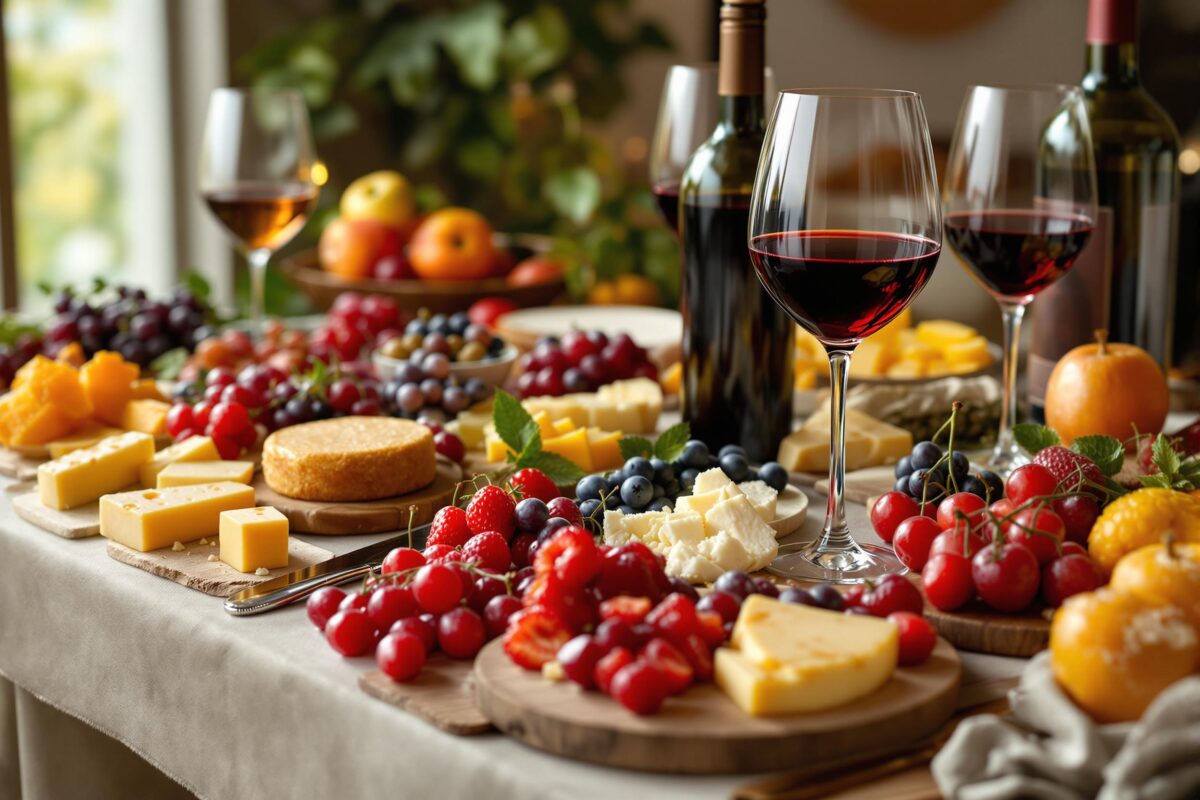The Evolving Relationship Between Food and Wine
Food and wine pairing has become more than just a culinary practice; it’s a captivating exploration of taste, tradition, and sensory perception. Pairing the right wine with a dish elevates the dining experience, transforming ordinary meals into memorable moments. This intricate dance between food and wine reflects cultural heritage, regional nuances, and the ever-shifting preferences of modern diners. Let’s uncork this world and explore the fascinating interplay of flavors.
Consumer Trends: How Tastes and Trends Shape Pairings
Today’s food scene is dynamic, driven by adventurous palates and a thirst for new experiences. Consumers are increasingly drawn to bold flavors, from the savory depths of umami to the exciting kick of spice. This creates both challenges and opportunities for winemakers and chefs alike. Fusion cuisine, blending global inspirations with local ingredients, demands versatile wines that can harmonize with diverse flavor profiles. The growing popularity of plant-based diets and sustainable practices further complicates the pairing process, prompting innovative approaches to finding harmony between food and wine. What wines best complement a vegan charcuterie board? How do we pair organic wines with farm-to-table dishes? These questions drive the evolution of food and wine pairing.
Health-conscious choices are also reshaping the landscape. The rise of low-alcohol and non-alcoholic wines, with some markets seeing a 20% annual growth, necessitates a rethinking of traditional pairing norms. Experiential dining, with interactive tastings and sensory workshops, adds another layer, educating consumers and deepening their appreciation for the subtle interplay between food and wine. Technology also plays a role. Online tools and apps offer personalized recommendations, catering to individual tastes and dietary needs. Social media amplifies trends, shaping consumer perception and fueling the demand for Instagram-worthy pairings.
Regional Highlights: Pairing Wines with Local Cuisines
Regional cuisine and local wines share an intrinsic bond. Traditional dishes often evolve in tandem with the wines produced nearby, creating natural affinities and time-honored pairings. Exploring regional cuisine offers a glimpse into cultural heritage and gastronomic traditions. Think of Italy, where Chianti Classico is the quintessential match for Tuscan cuisine – rich tomato sauces, grilled meats, and hearty pasta dishes. Or France, where Burgundy’s Pinot Noir complements the delicate flavors of Boeuf Bourguignon. From Spain’s Rioja to Argentina’s Malbec, regional pairings tell a story of terroir and tradition.
Imagine savoring a perfectly grilled Argentinian asado with a glass of robust Malbec. The wine’s dark fruit notes and velvety tannins cut through the richness of the meat, creating a symphony of flavors. Or picture yourself in Tuscany, enjoying a bowl of pappa al pomodoro with a glass of Chianti Classico. The wine’s bright acidity balances the soup’s savory notes, creating a harmonious pairing. These regional pairings exemplify the magic that happens when food and wine come together.
Innovation and Sustainability: Modern Approaches to Pairing
Innovation and sustainability are at the forefront of modern food and wine pairing. Sustainable viticulture practices, such as organic and biodynamic farming, are gaining traction, influencing both wine production and consumer choices. The rise of plant-based cuisine challenges traditional norms, leading to creative pairings with vegetable-forward dishes. Low-alcohol and non-alcoholic beverages require new strategies, prompting sommeliers and chefs to think outside the box. Fermented foods, with their complex flavor profiles, demand innovative pairings that go beyond conventional wisdom. Are we pairing kombucha with kimchi? The possibilities are endless.
Technology continues to play a role, offering access to information and personalized recommendations. Sensory exploration workshops and interactive tastings engage consumers, deepening their understanding of flavor interactions. Collaboration between chefs and winemakers leads to novel gastronomic experiences, pushing the boundaries of traditional pairing. A focus on minimizing food waste and promoting responsible consumption further underscores the commitment to sustainability.
Interactive Content: Sensory Exploration and Wine Tasting Tips
Interactive content and sensory exploration enhance our understanding and enjoyment of food and wine pairing. Wine tasting tips and guided sensory exercises empower us to develop our palates and appreciate the nuances of flavor interactions. Blind tastings, where the wine’s identity is concealed, sharpen our focus. Flavor wheels and aroma charts help us categorize our perceptions. Food samples, from simple to complex, build sensory awareness. Exploring the concept of terroir, the environmental factors that influence both food and wine, adds another layer of appreciation.
What aromas do you detect in a glass of Cabernet Sauvignon? How does the wine’s acidity interact with the richness of a creamy sauce? These questions encourage us to engage our senses and explore the subtle interplay of flavors. Interactive online tools and mobile apps provide virtual tasting experiences and personalized recommendations, making sensory learning accessible to everyone.
Practical Pairing Guide: Expert Tips for Perfect Matchmaking
Here’s a practical guide to help you navigate the world of food and wine pairing:
- Consider the weight: Pair light-bodied wines with lighter dishes and full-bodied wines with richer fare.
- Match intensity: Delicate dishes call for subtle wines, while bold flavors demand assertive pairings.
- Balance acidity: Acidic wines cut through richness, making them ideal for fatty or creamy foods.
- Consider tannins: Tannic wines pair well with protein, which softens the tannins and creates a smoother mouthfeel.
- Complement sweetness: Sweet wines are best with desserts, but the sweetness levels should be balanced.
- Explore regional pairings: Traditional combinations often offer harmonious matches.
- Experiment with contrasts: Sometimes opposites attract, creating exciting new flavor dimensions.
- Don’t be afraid to break the rules: Personal preferences matter. Experiment and find what you enjoy.
- Ask for recommendations: Sommeliers and knowledgeable staff can offer valuable guidance.
- Consider the occasion: Formal dinners might call for classic pairings, while casual gatherings allow for more adventurous choices.
With a little knowledge and a willingness to explore, you can unlock the magic of food and wine pairing and create truly memorable dining experiences.
